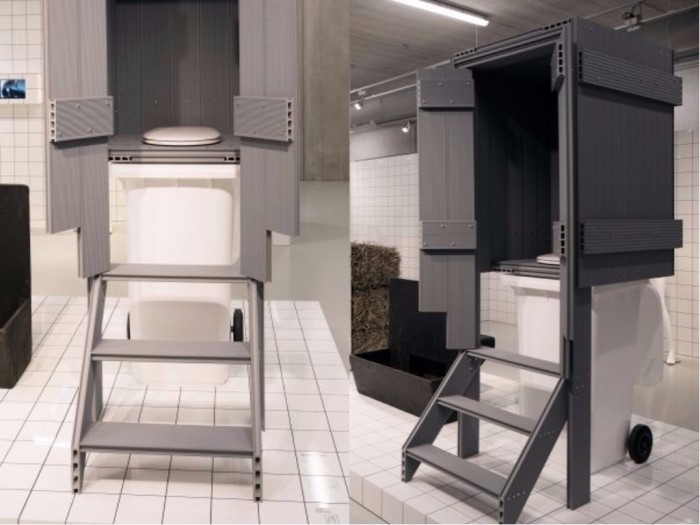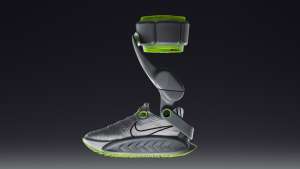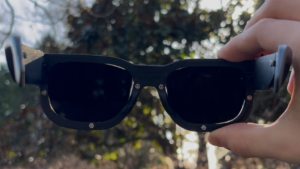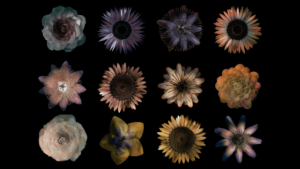There is a curious exhibition currently taking place at the Cube Museum in Holland. Titled "Everything You Always Wanted to Know About Toilets, But Were Afraid to Ask" the exhibition, which is on until November, is meant to stimulate viewers into thinking about the past, present and future of sanitary issues.
One of the products on display is the Compost Kliko Toilet by Rianne Makkink of Makknik & Bey design studio.
"We are raised with the idea that our own excrements are disgusting and unhygienic, but it is not that bad," says Makkink.
The Dutch design studio created a non-flushable toilet that turns faeces and urine into compost which can then be used to make electricity.
The designers say their invention differs from a normal toilet as the faeces is caught in a plastic bag and separated from the urine. As it turns out, mixing faeces and urine is where we are making a big mistake in our waste system.
This is because urine produces ammonia which contaminates the faeces needed to fertilise the soil. So by separating the waste products soil can be fertilised without ammonia contamination.
How the Compost Kliko Toilet works is that after using the toilet, a user has to throw ashes on top in order to enrich the human manure while also getting rid of the odour. The urine is then drained and collected at the bottom, where it can then be removed and used for producing electricity.
The designers acknowledge that bringing their product to normal households may take time because people’s mentality around it would have to change first.
In the meantime, the Compost Kliko Toilet is on display until November 19.







